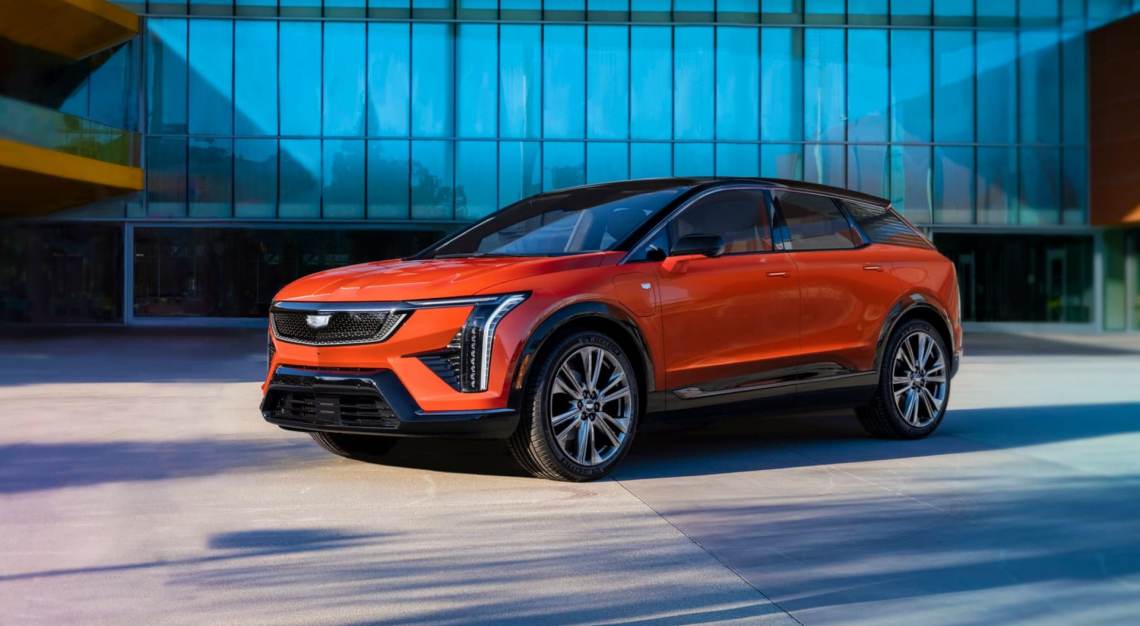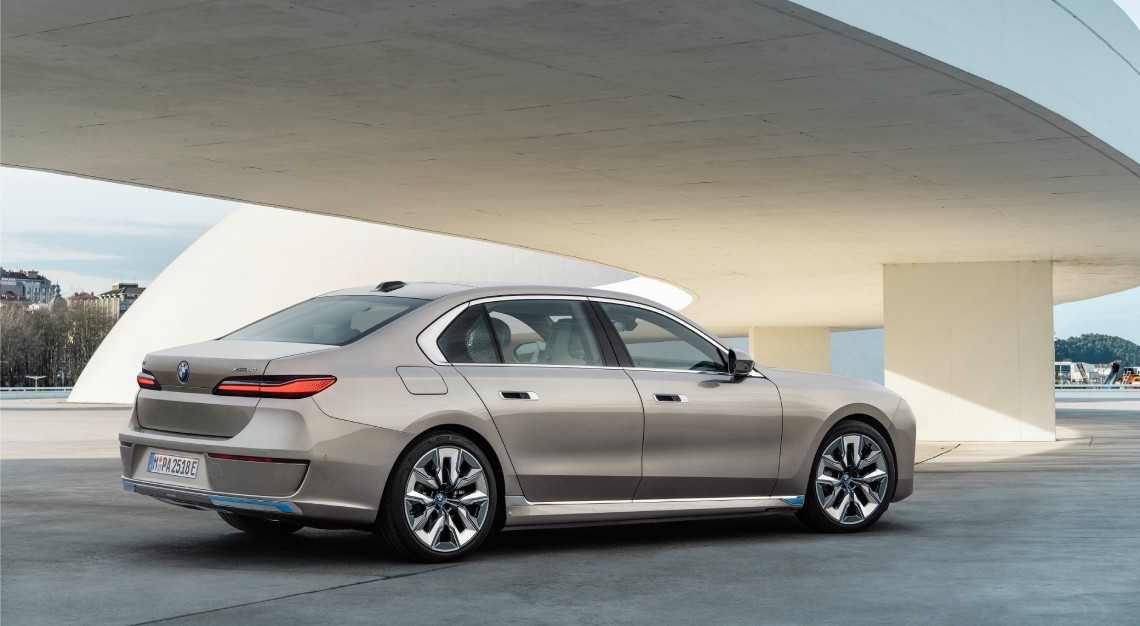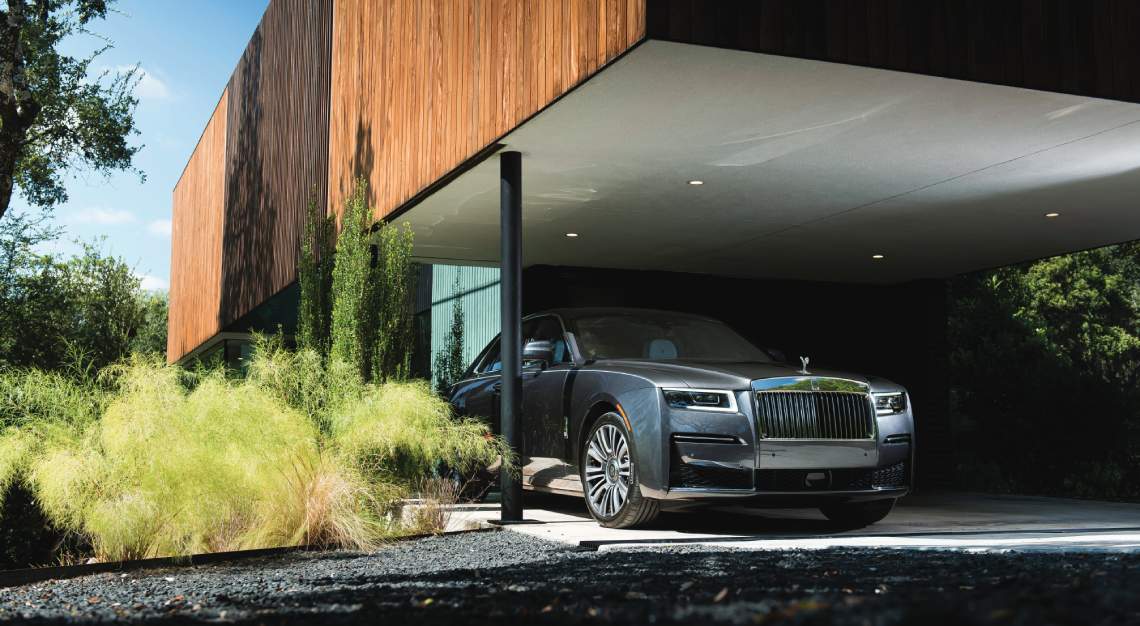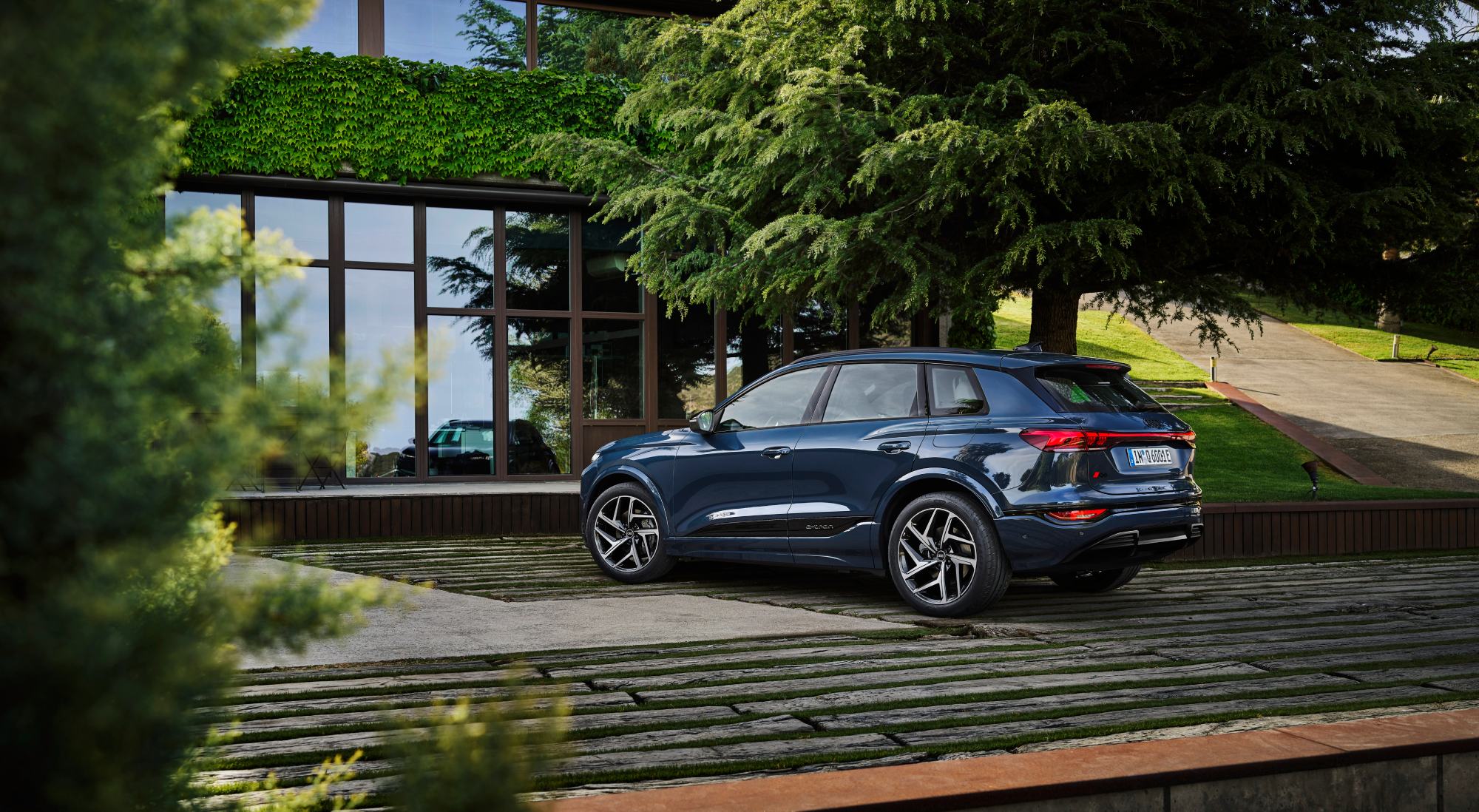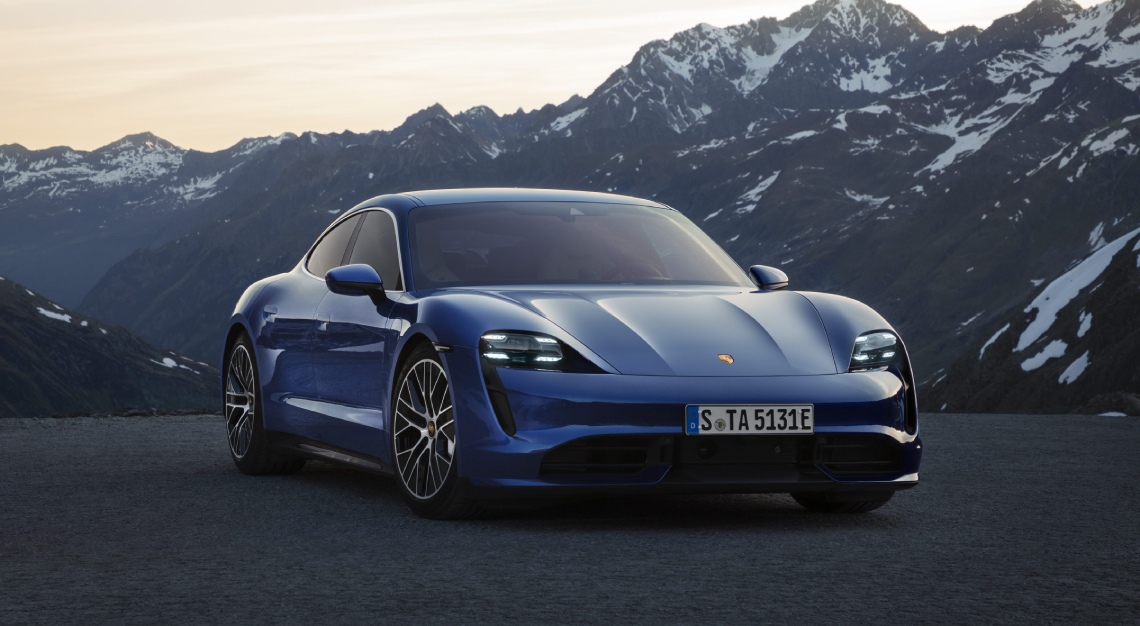It will be the first entry into the marque’s EV offerings
While we were recently in Detroit for the opening of the new Cadillac House at Vanderbilt, the venerable American luxury brand’s new site for clients to customise its flagship Celestiq electric sedans, the marque treated us to an extra surprise: a first look at the vehicle that will occupy the other end of Caddy’s price spectrum, the all-electric Optiq sub-compact crossover.
“This will be the entry point into Cadillac’s EV portfolio,” says Michael Simcoe, General Motors’ global head of design, as he provides a one-on-one tour around the stylish sport ute. “But it shares a continuity and consistency of design with the rest of the brand’s EV offerings.” This includes Cadillac’s angular “shield face” front end, scalloped fuselage flanks, and a beveled rear hatch with lengthy tail lamps.
Brand hallmarks inside the Optiq are the large, curved LCD screen that stretches from the driver’s side through the middle of the vehicle, lots of metal trim—much of it textured, knurled, or perforated for visual and tactile delight—and a fresh focus on the use of fabric (instead of leather) on seating and trim-panel surfaces. “It’s a way to soften up the interior, and have it not be so monolithic, while creating visual interest,” Simcoe says. “At the same time, it provides another example of our commitment to sustainability, a piece that is really important to us.”
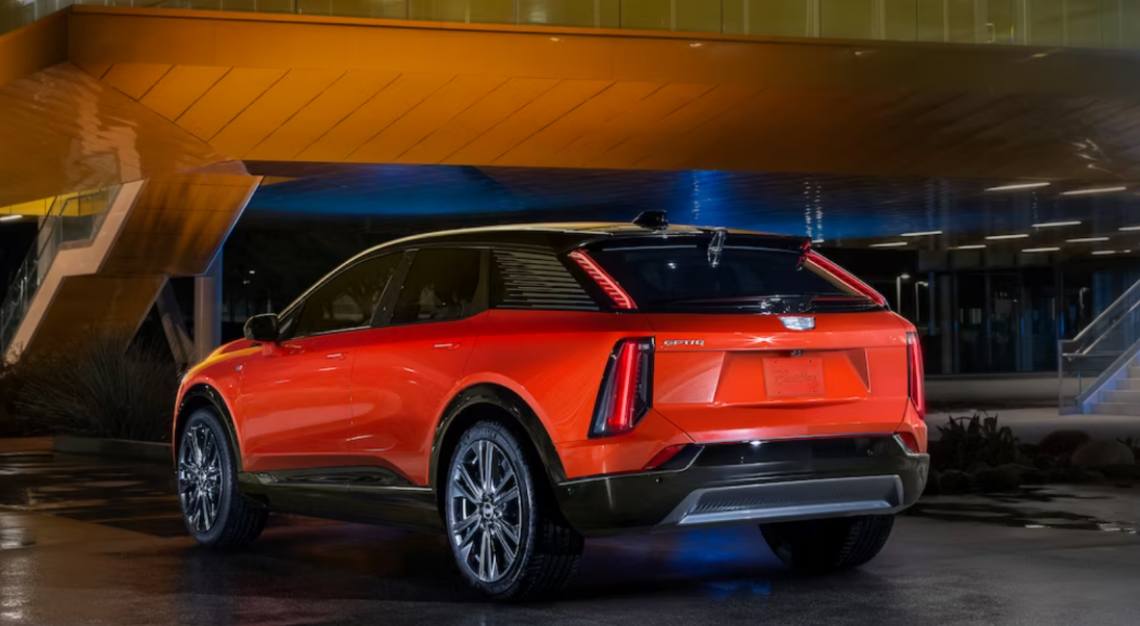
He is particularly compelled by this return of fabric, long an exemplar of luxury in automotive interiors. Early on, leather was used for the chauffeur’s seats in high-end classic automobiles due to its durability, while the passenger cabin was usually lined in textiles. “Think about wallpaper. For a long time, it was very out, but now it has made a return,” Simcoe says. “It’s an embellishment.”
The Optiq has an exterior that is roughly the size of the brand’s gas-powered XT4, the very model it is intended to replace as Cadillac continues its journey toward an all-electric lineup, a goal it plans to achieve in 2030. But because of the packaging advantages of EVs—which lack bulky, intrusive components like a transmission, exhaust system, or gas tank—it will have more interior room than the compact gas-powered XT5, one step up in size in the automaker’s lineup. However, the new car will not have a storage area up front where the engine would ordinarily reside. “No frunk,” Simcoe says. “The hood is locked down.”
When it’s released, we can expect the Optiq to afford drivers the ability to travel a significant amount of distance from each charge of the battery pack. “Anticipated range should be at least 300 miles,” Simcoe says. “That’s the base target for our EVs.”
Aimed at the heart of the current EV market, the handsome, well-appointed Cadillac Optiq, which will be able to make the trek from Detroit to Lexington, Ky., on a single charge, seems to certainly be on target.
This story was first published on Robb Report USA
